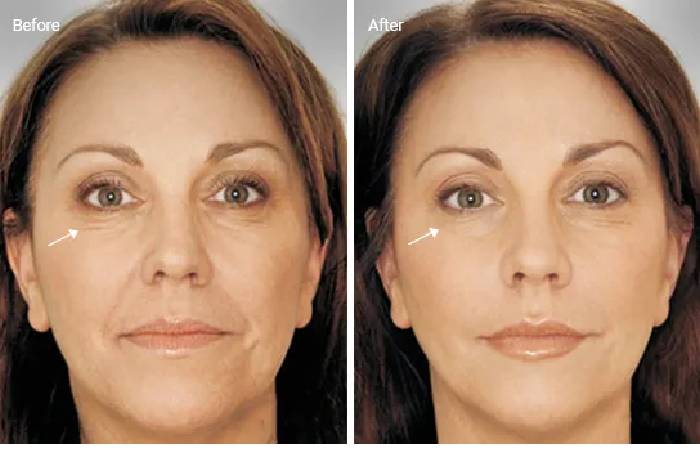Retinol Increases Skin Cell Turnover – Retinol Supports Healthy Cell Turnover.
Retinol Increases Cell Turnover in the Skin – Until you spread your early-30s, your cells turn over every 28 days, showing a fresh layer of untouched, pristine skin. However, your cell regeneration decreases after your success in the mid-30s, turning over every 50, 60, or 70 days.
That slower cell regeneration causes your face to look dry, dull and wrinkled. When retinol is accessible, it sinks into your skin and speeds up cell turnover, causing your body to pump out fresher, smoother skin more quickly. But you may not see outcomes suddenly – it’ll take about 3-6 months of consistent night application to see a reduction in photodamage, acne, and fine lines.
Retinol Increases Skin Cell Turnover – Not All Retinol is Created Equal.
Resulting of vitamin, A retinol is just one of the many types of retinoids on the market. A pharmacy age-management formula, for example, could cover retinyl palmitate (the gentler of the retinoids). Or it could protect retinol (more potent but tolerable) or retinaldehyde (even more substantial). Otherwise, you can ask your dermatologist to prescribe a stronger retinoid like adapalene or tretinoin. It works faster but also irritatingly.
So, which one should you choose? Preferably, it would be best to have a derm walk you through the best choice for your skin type. Irrelevant of your choice, though, know they’re all effective in the long run. Studies show that you’ll reap similar long-term age-management aids over time with a low-strength retinoid as you would with a moderate-strength choice, so don’t feel like “weak” vitamin A1 won’t do much.
Retinol Increases Skin Cell Turnover – Retinoids Don’t Have to Be Irritating.
Because retinoids cause the skin to leave cells faster than average, you’re likely to notice flaking, dryness, irritation, and breakouts as your skin adjusts. Luckily, there are belongings you can do to alleviate the effects.
First, choose the mildest formula and begin slowly – apply it just one night in a week, two nights in two weeks, three nights in three weeks, and then every additional night indefinitely.
Still, that doesn’t make it unkind that you should load up on retinol to haste up the process – you’ll only end up red-hot your face and being unhappy. Smear a thin layer or pea-sized amount over the entire face, allow it to absorb for 20 minutes, and then apply regular moisturizers and serums.
Retinoids Don’t Just Help with Fine Appearances and also Wrinkles.

Yes, retinoids are the gold standard in wrinkle-removing and line-smoothing treatments, but they’re also brilliant at plumping your skin, clearing and lessening pores, and fading dark spots and redness.
Because retinoids work at the cellular level, they can deeply resurface your skin, completely transforming your complexion over time. Are you now prepared to use a retinoid? Are you around to make a dermatologist’s selection or go to the skin care aisle of the nearest medical store? Choose wisely.
What’s the Best Method to Use Retinol to Avoid Irritation?
Sandwich vitamin A1 between moisturizer applications. “Moisturize before applying retinol,” says Manish Shah, MD, a board-certified plastic physician based in Denver. “This will not delay the retinol absorption into the skin.” And add a layer of moisturizer on top. “If you forget to moisturize while consuming retinol, your risk of sensitivity is higher,” Dr Shah says. Also, avoid using retinol every day immediately — you’ll want to increase use as your skin builds tolerance.
But suppose your skin doesn’t seem to adapt after two weeks of use. In that case, you should discontinue use and consult with your dermatologist, says Joel Schlessinger, MD, an Omaha-based dermatologic surgeon and contributor to Real Self
Retinol Increases Skin Cell Turnover – Conclusion
Retinol Increases Skin Cell Turnover – As we age, it’s normal to notice changes in our skin. At some time in their life, nearly everyone gets pimples and wrinkles. Various types of treatments will assist you in improving the look of your skin. Retinol is the only element that aids you in having clear and plump skin. It can take a few weeks to realize the results from retinol, and your skin may appear worse before it gets better, so try not to get discouraged. Start slow and gradually increase your use of retinol.




GIPHY App Key not set. Please check settings